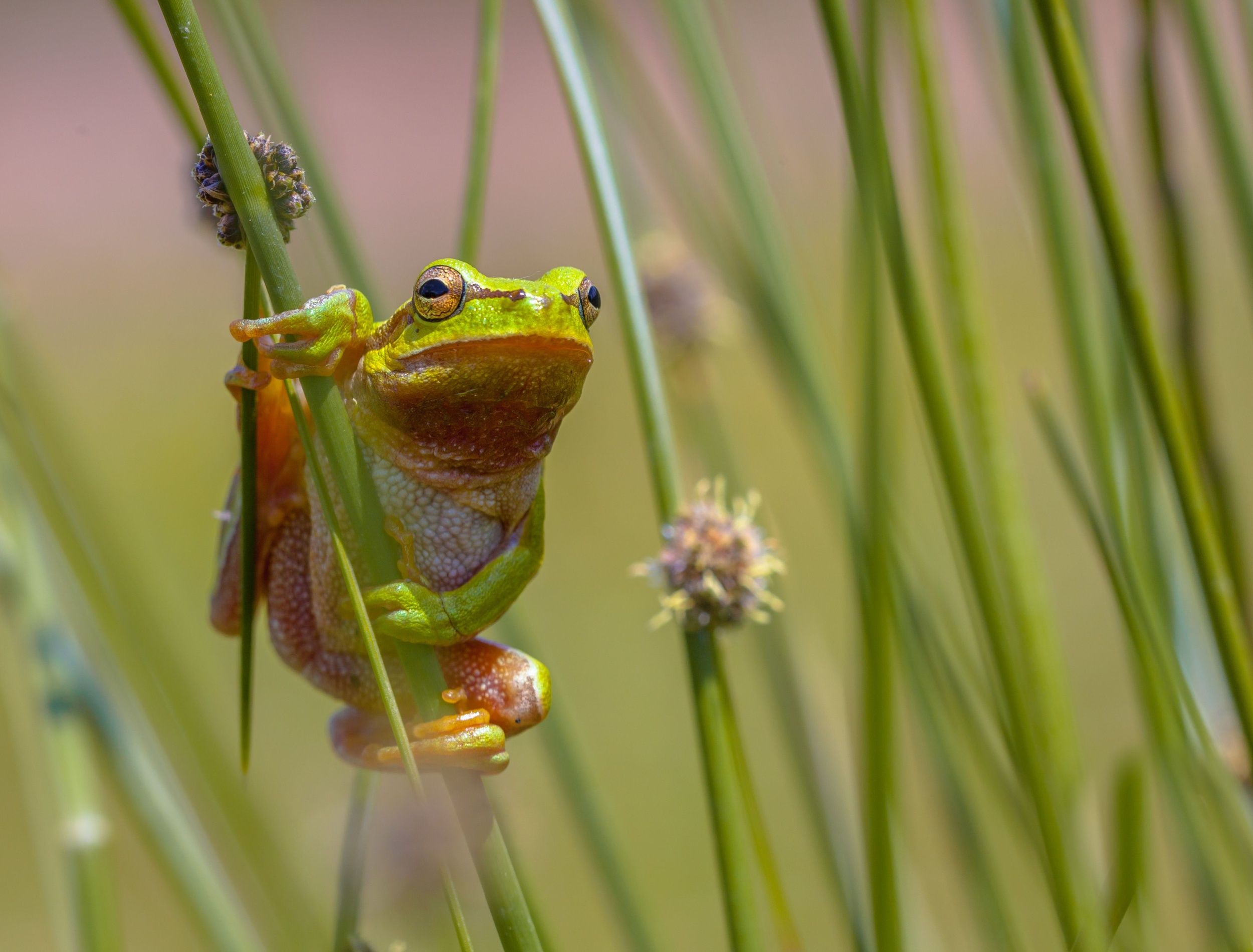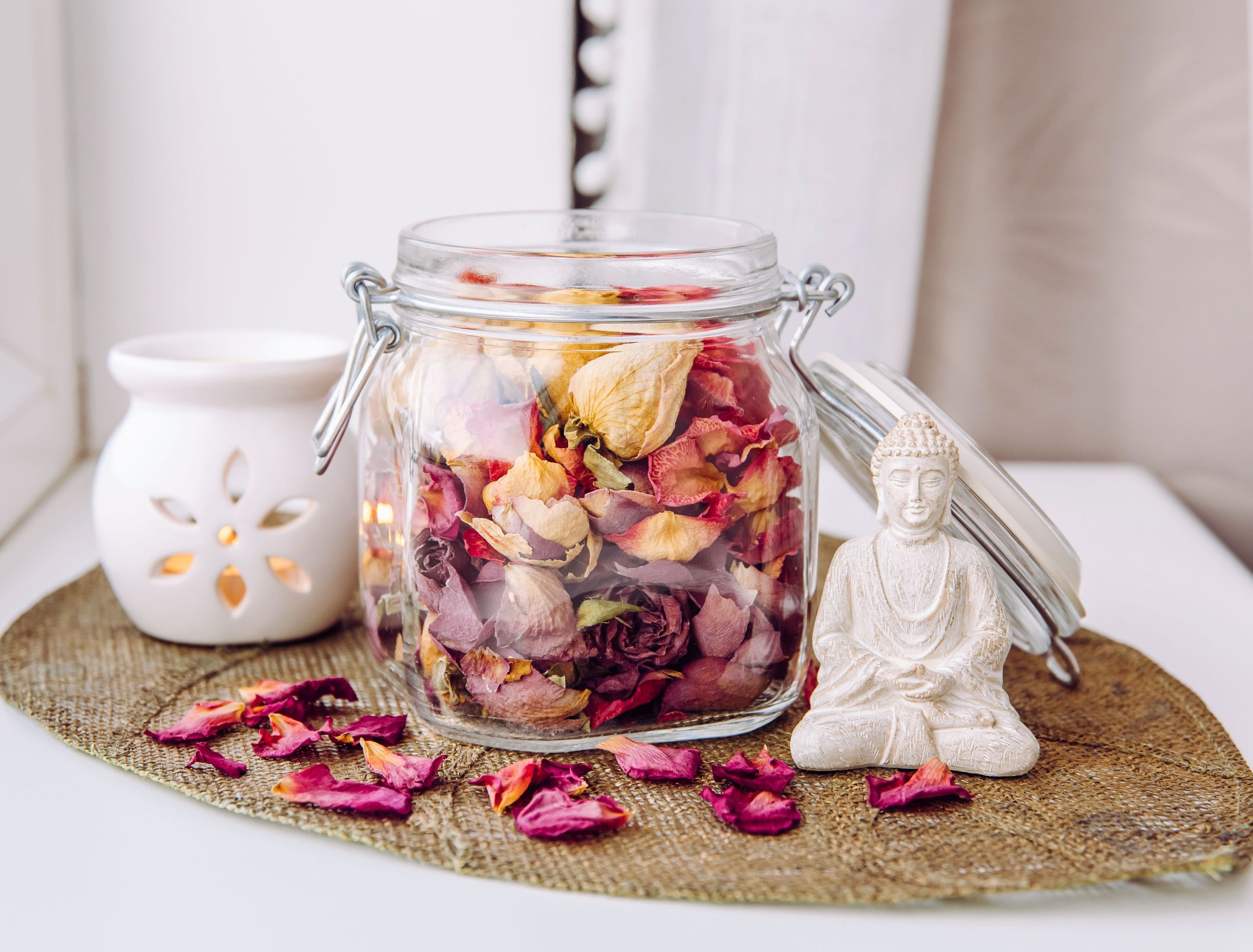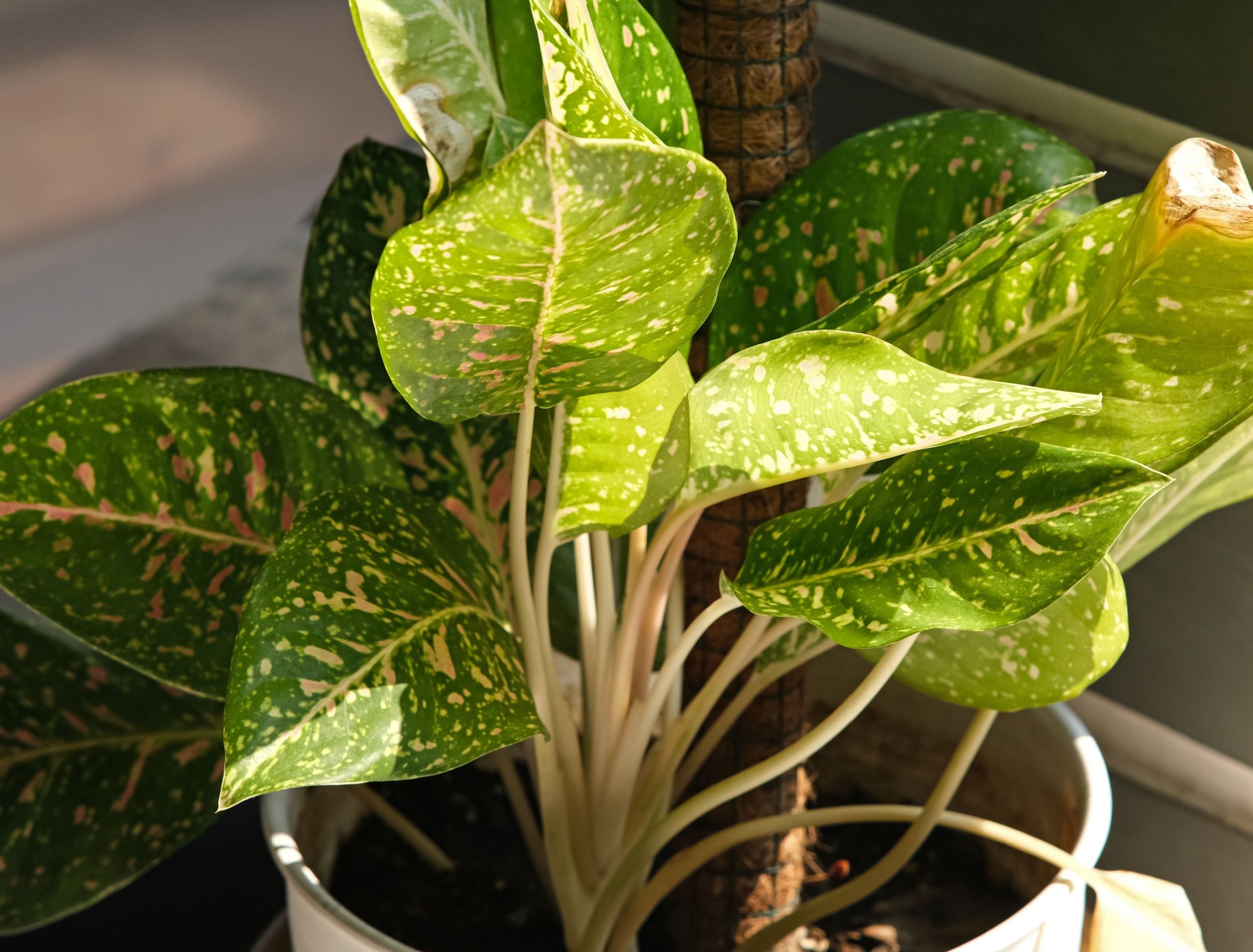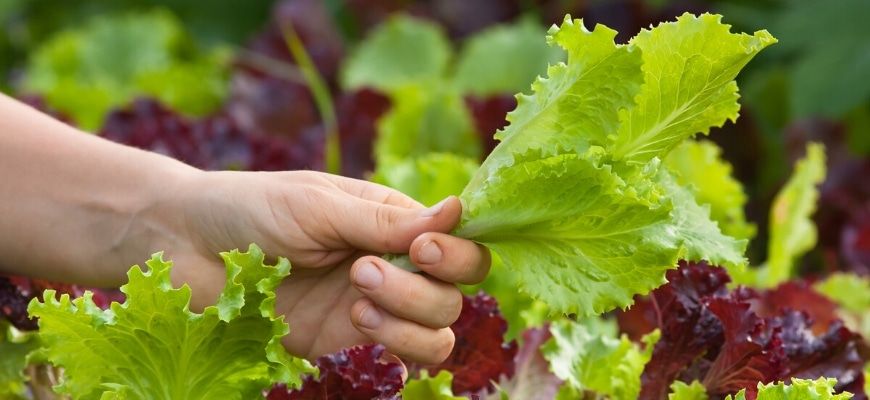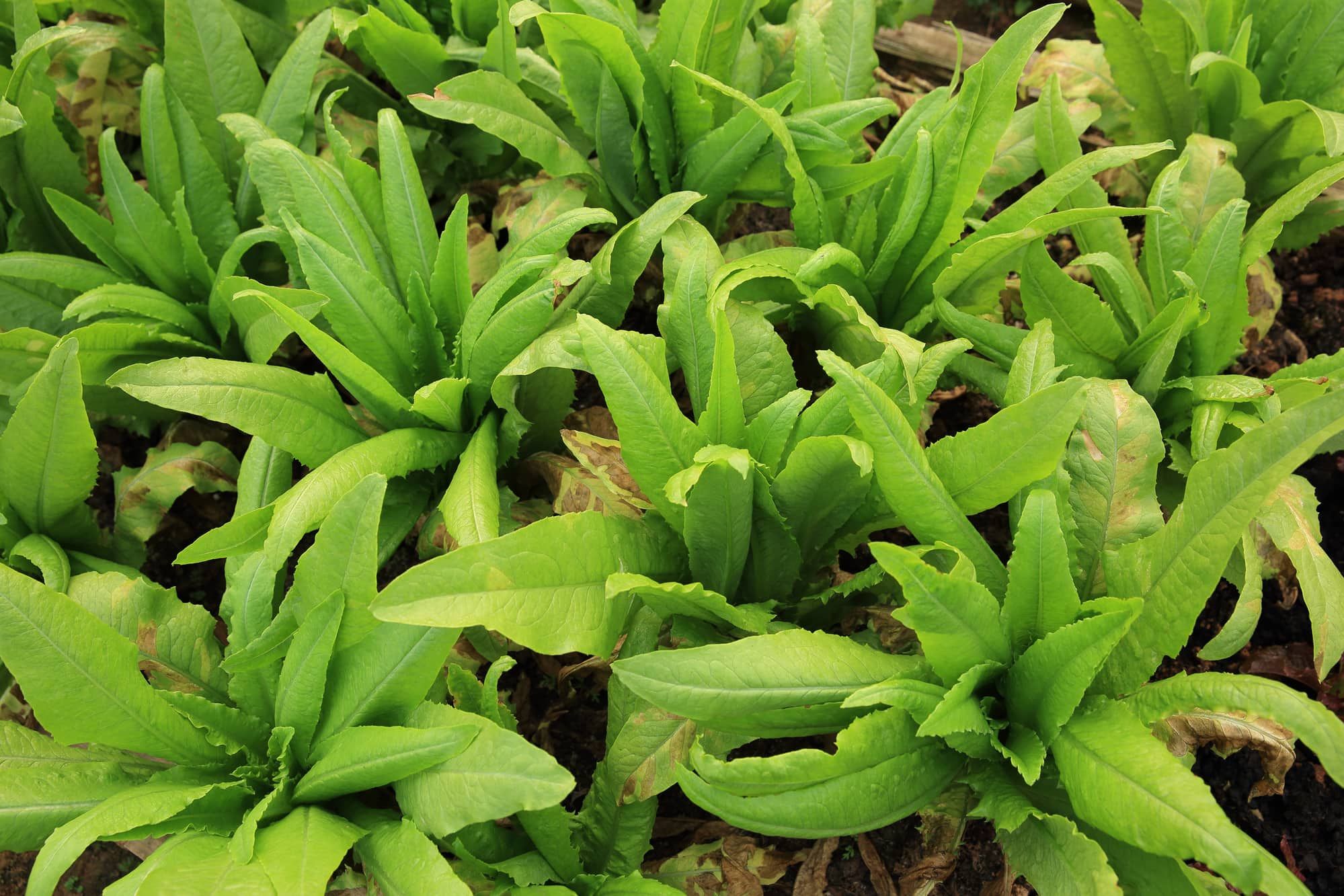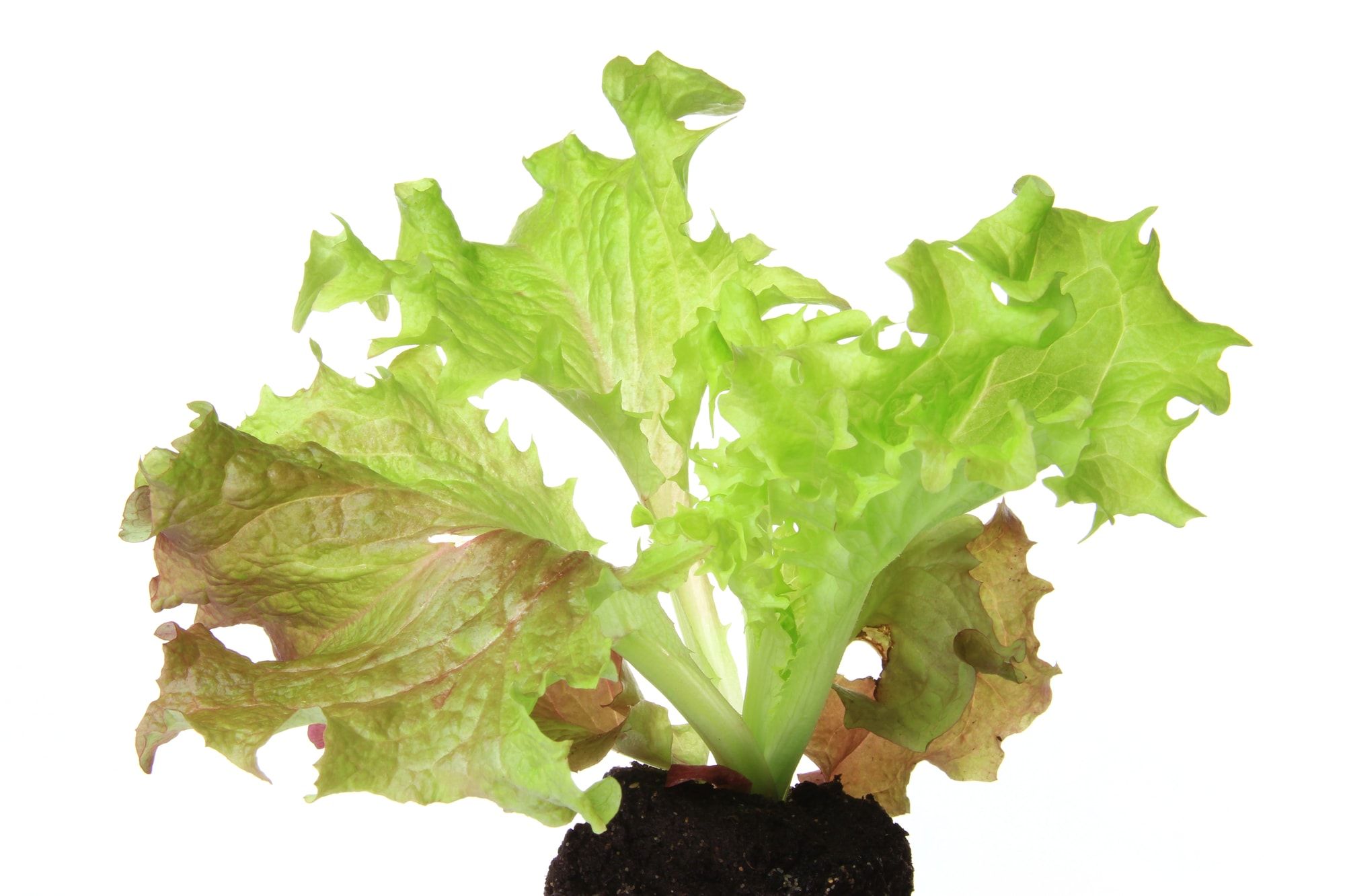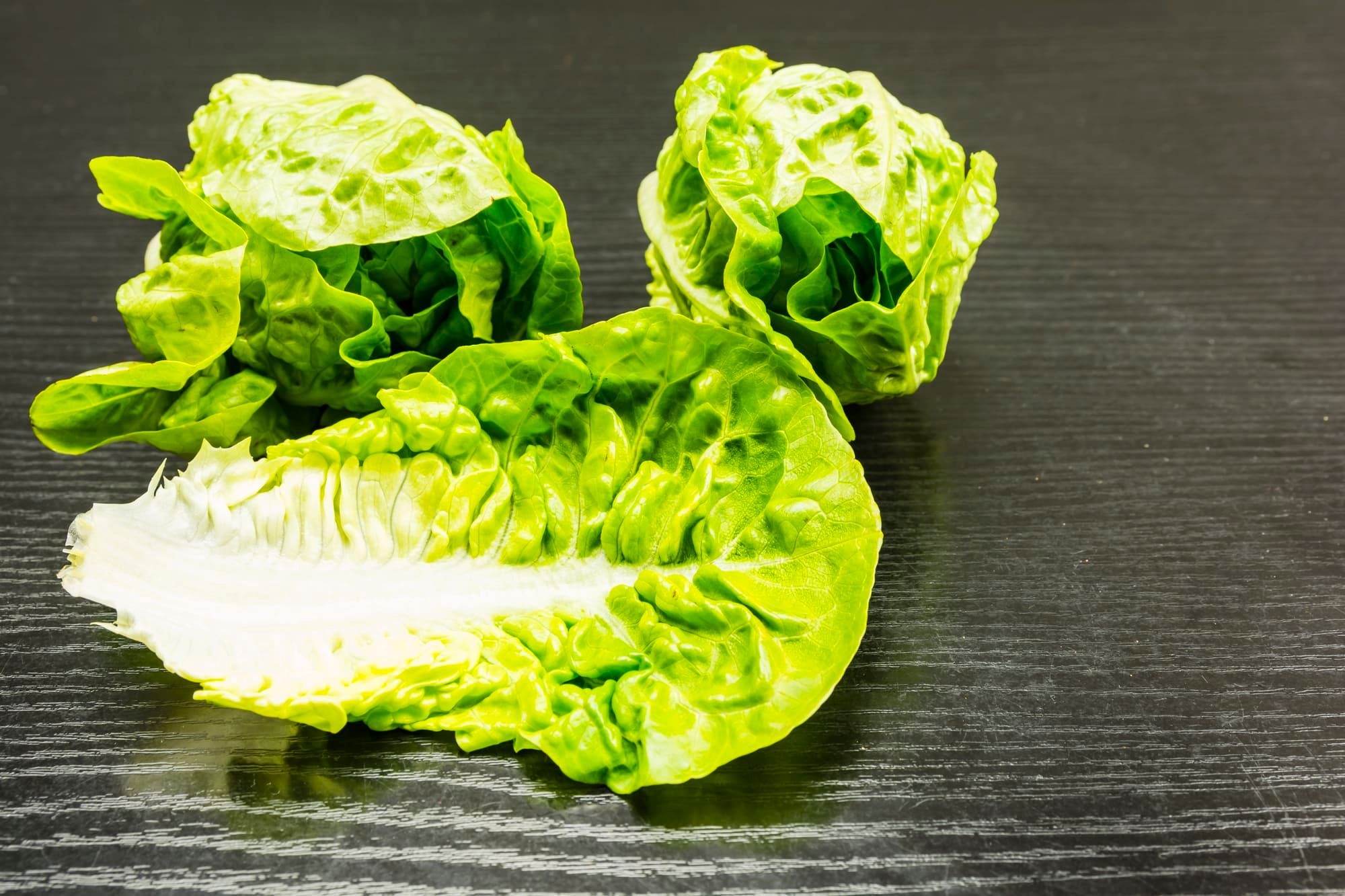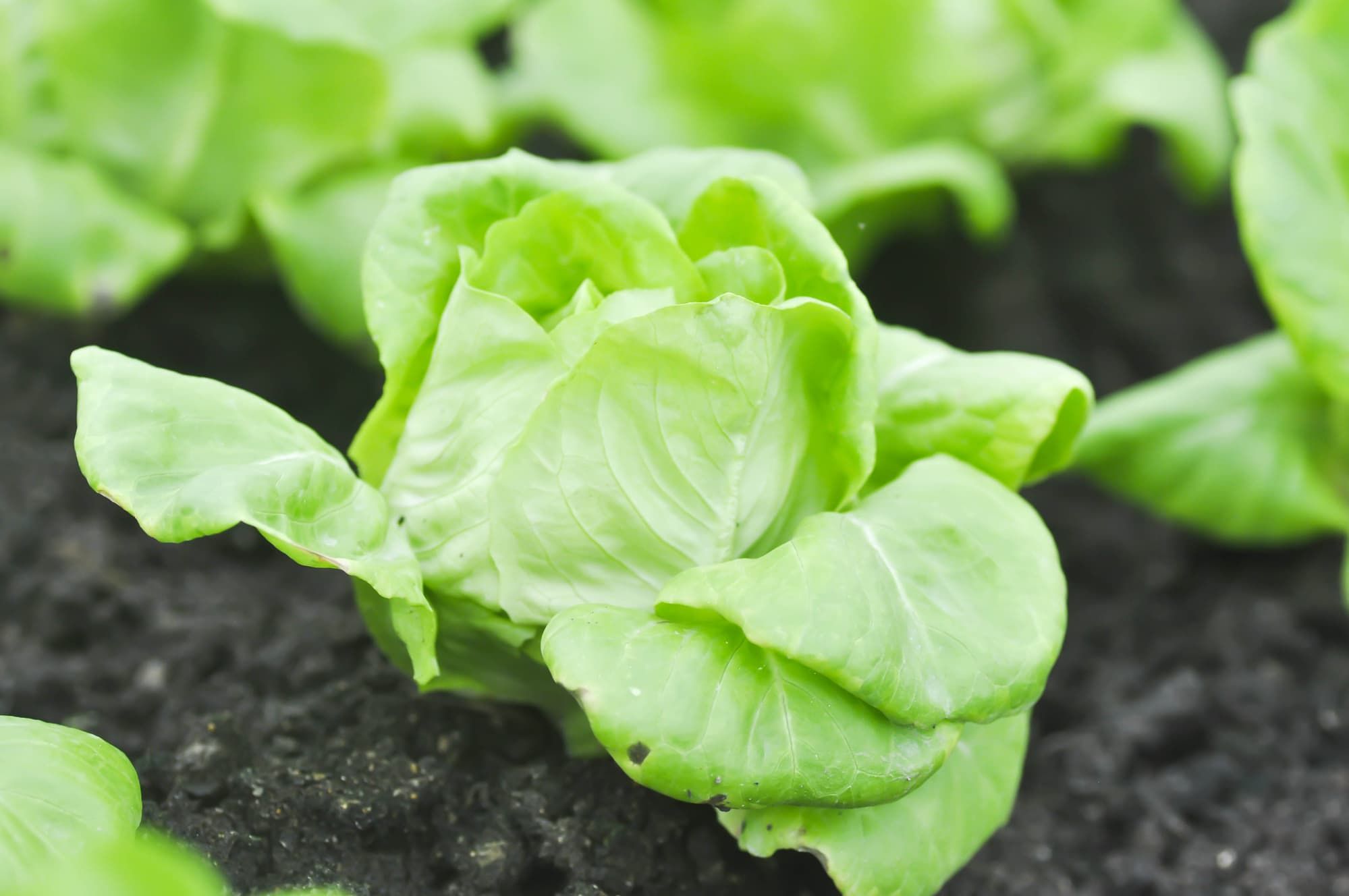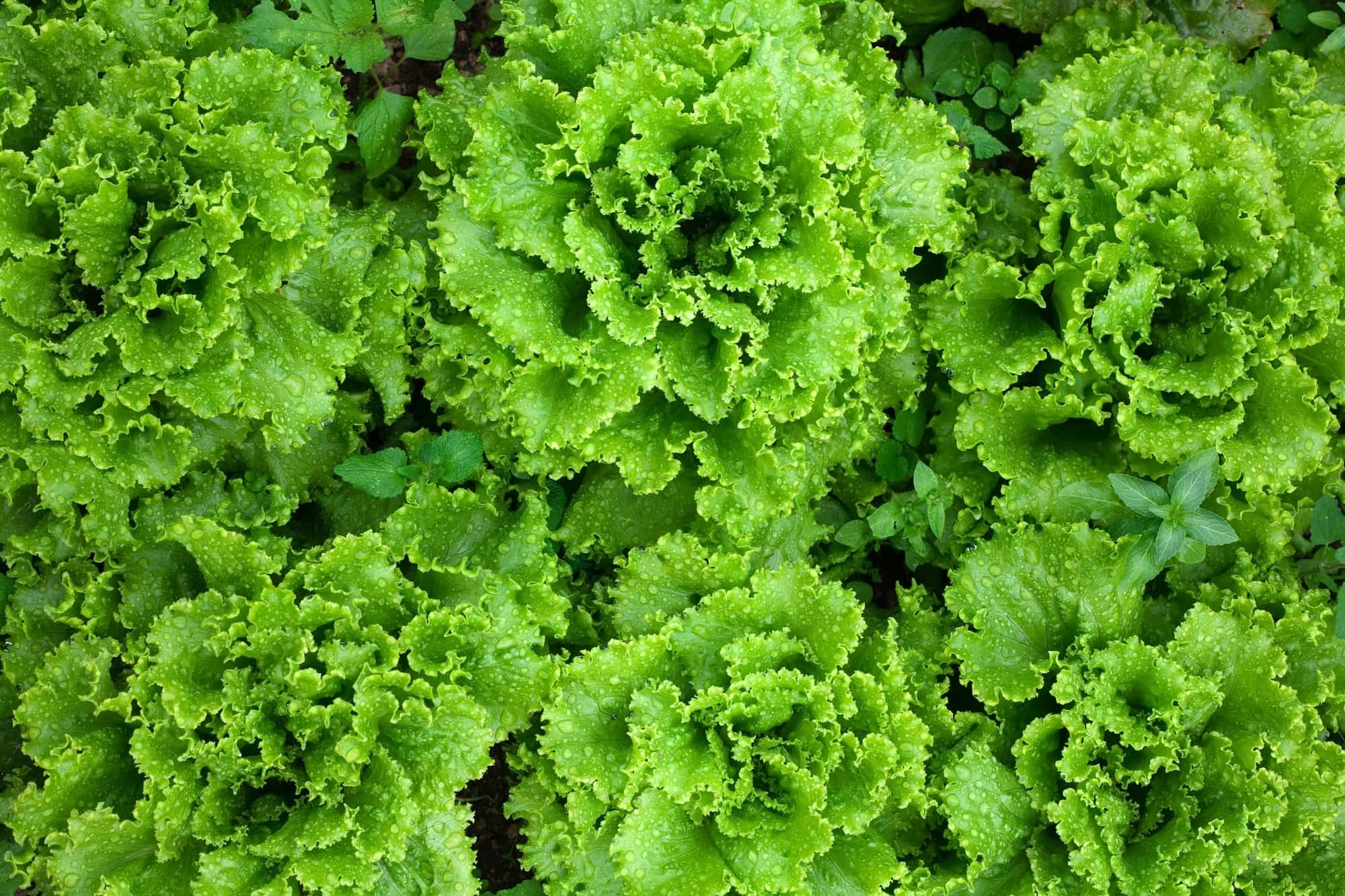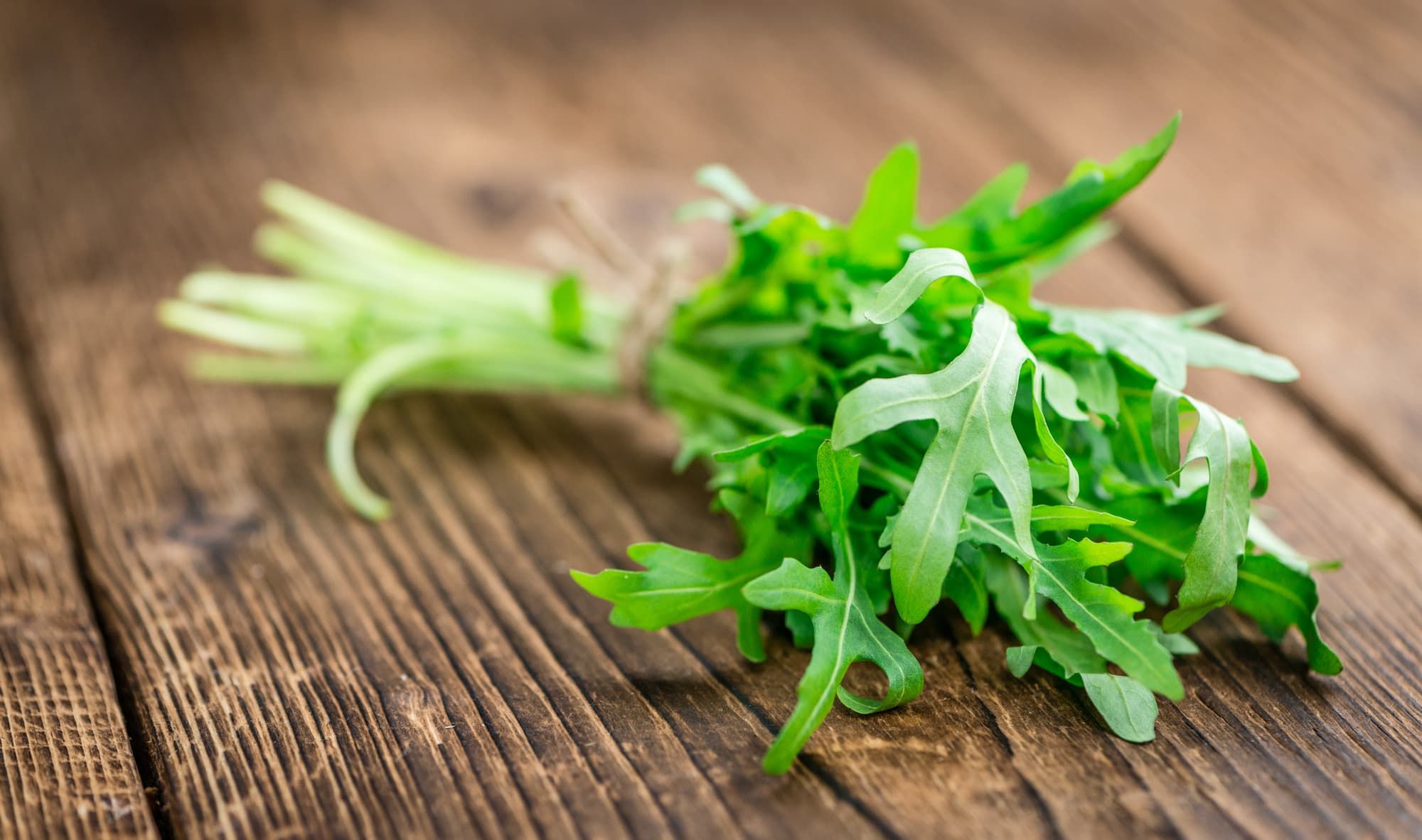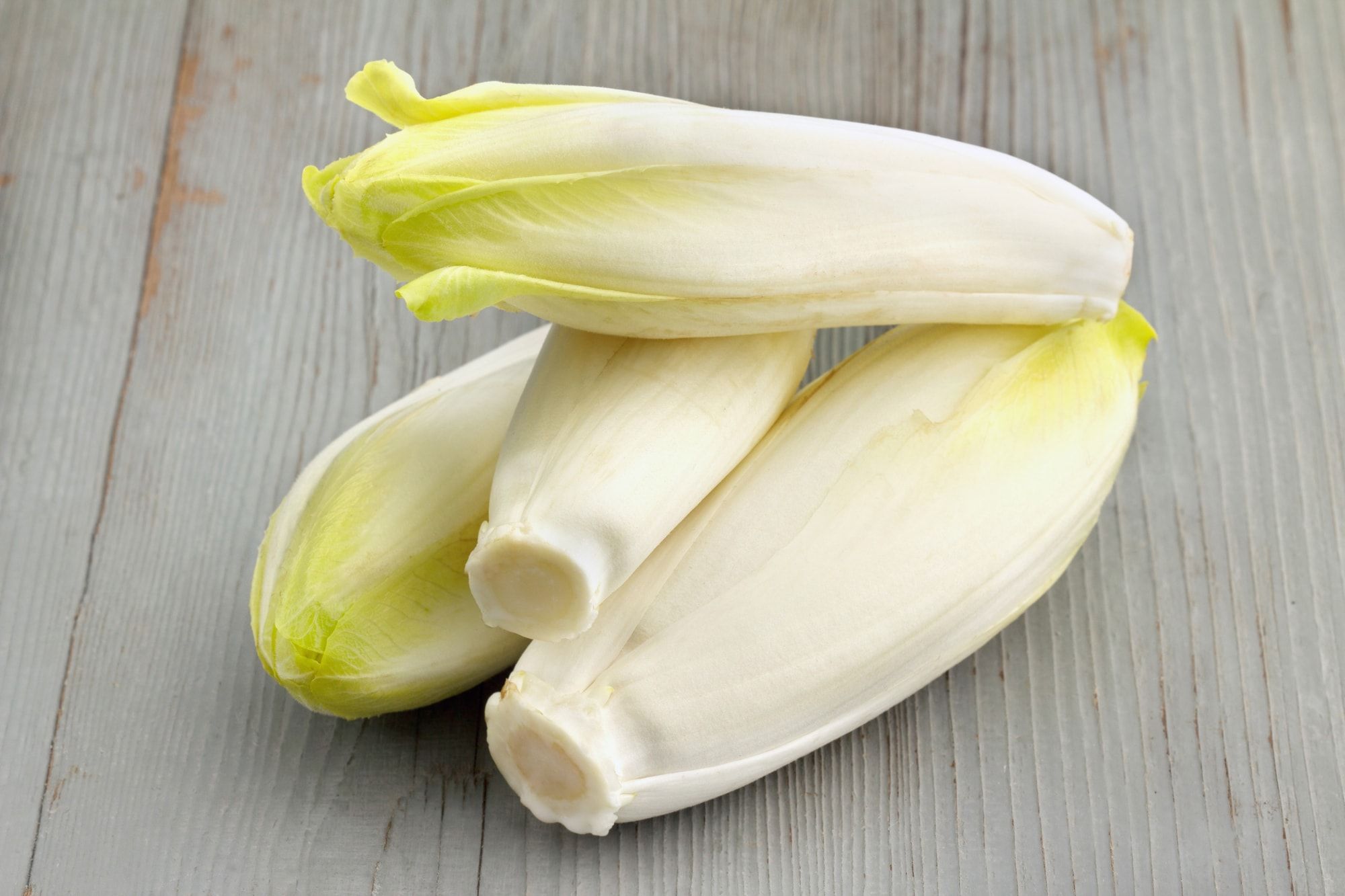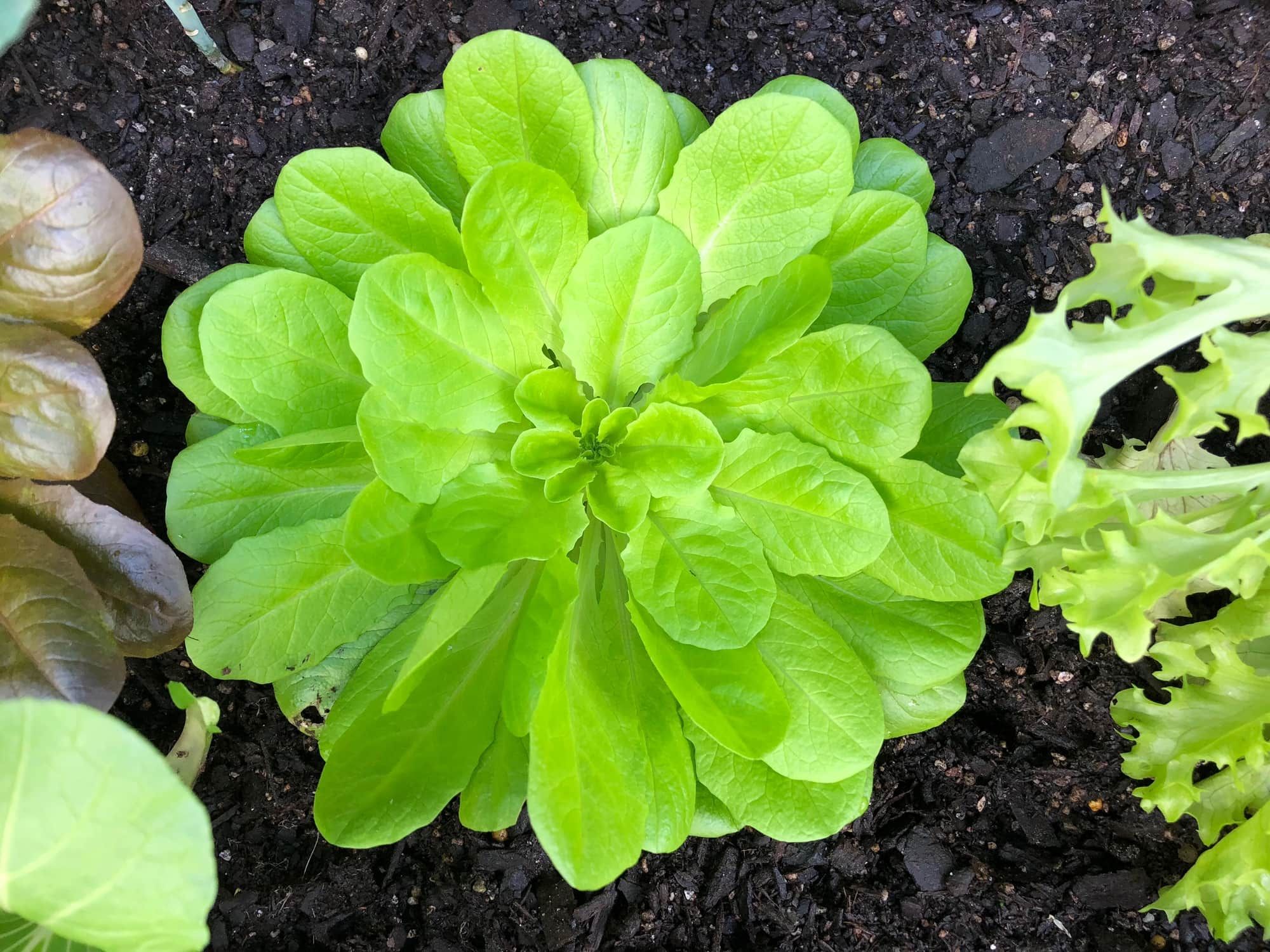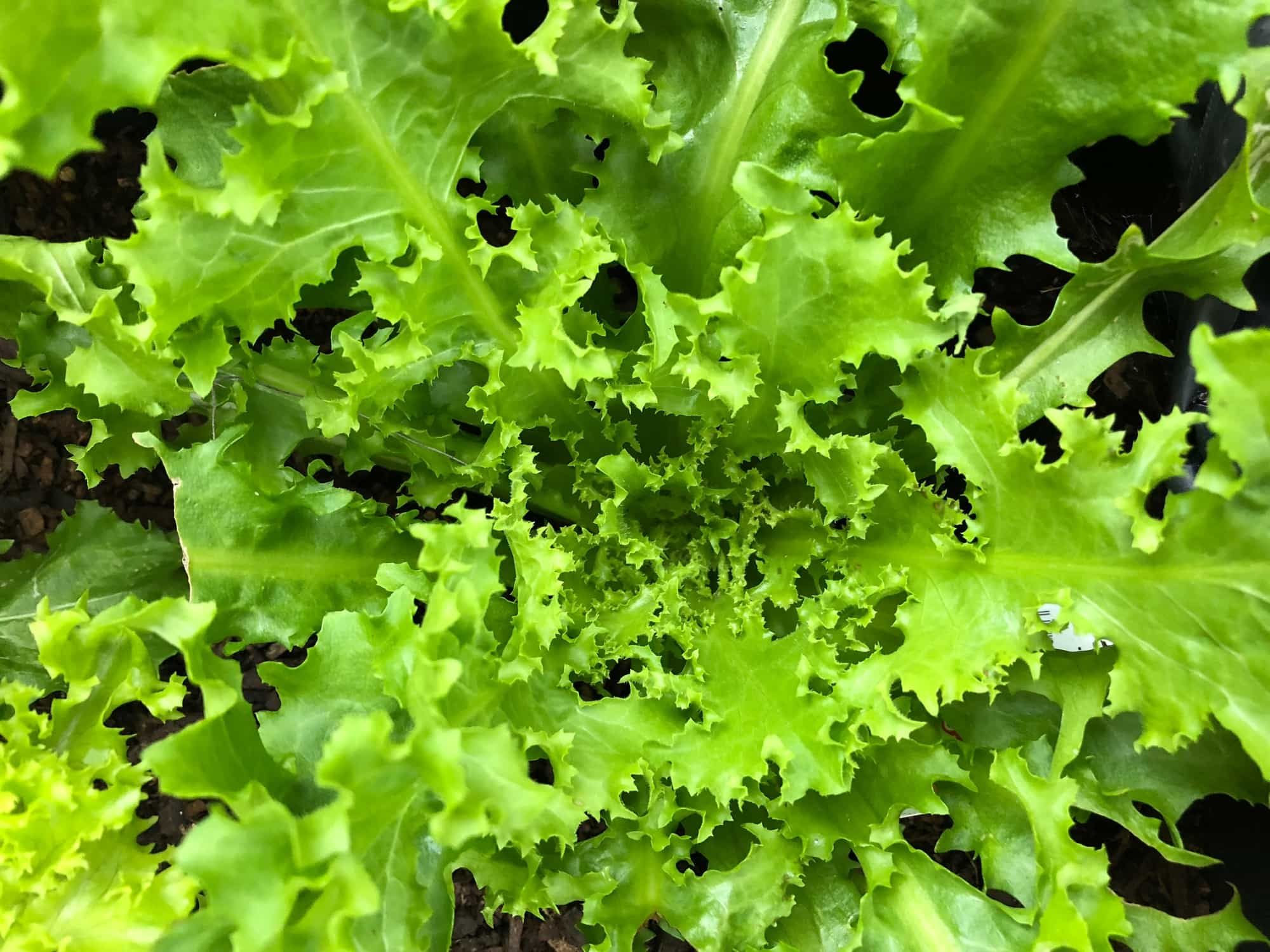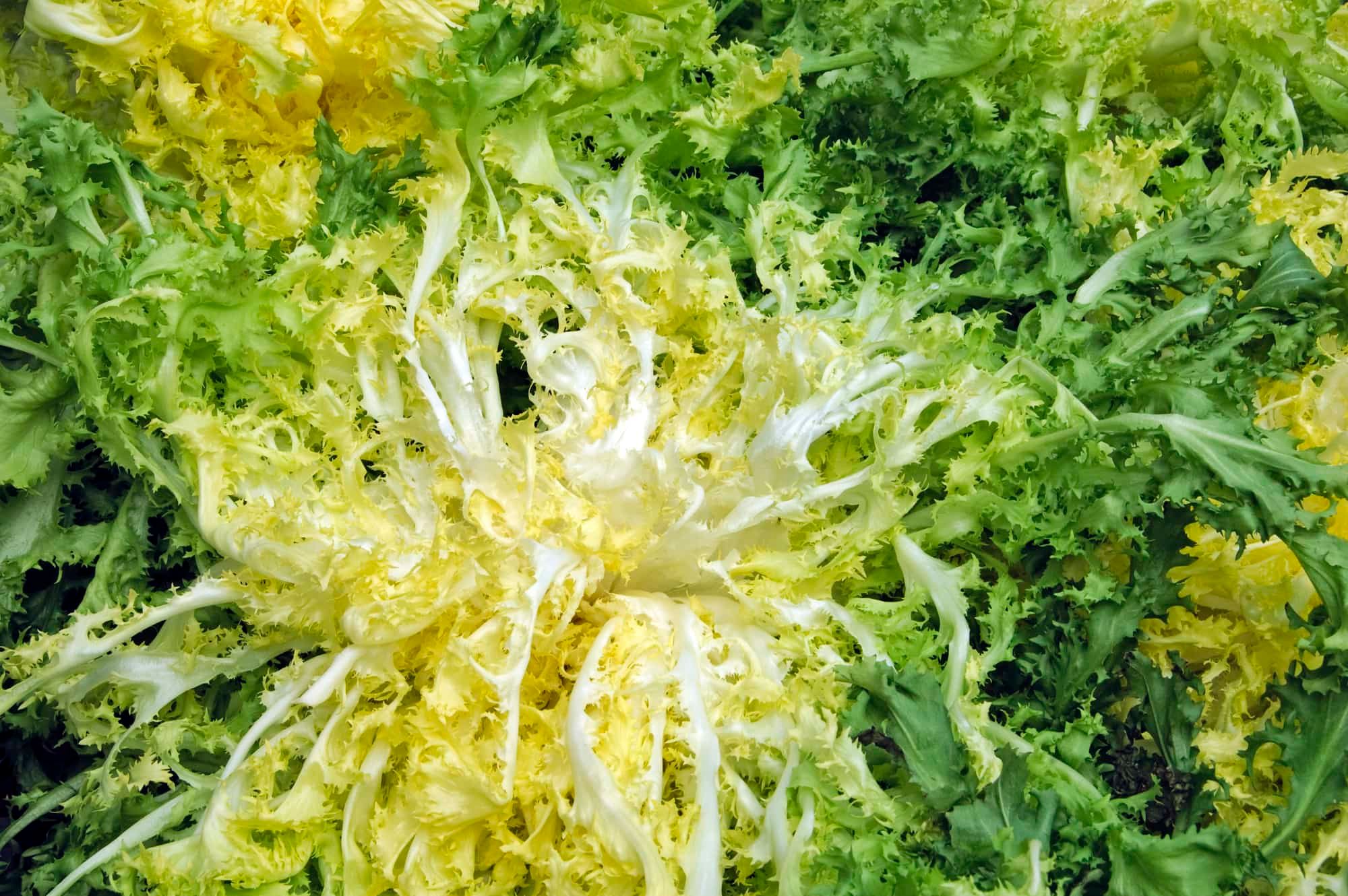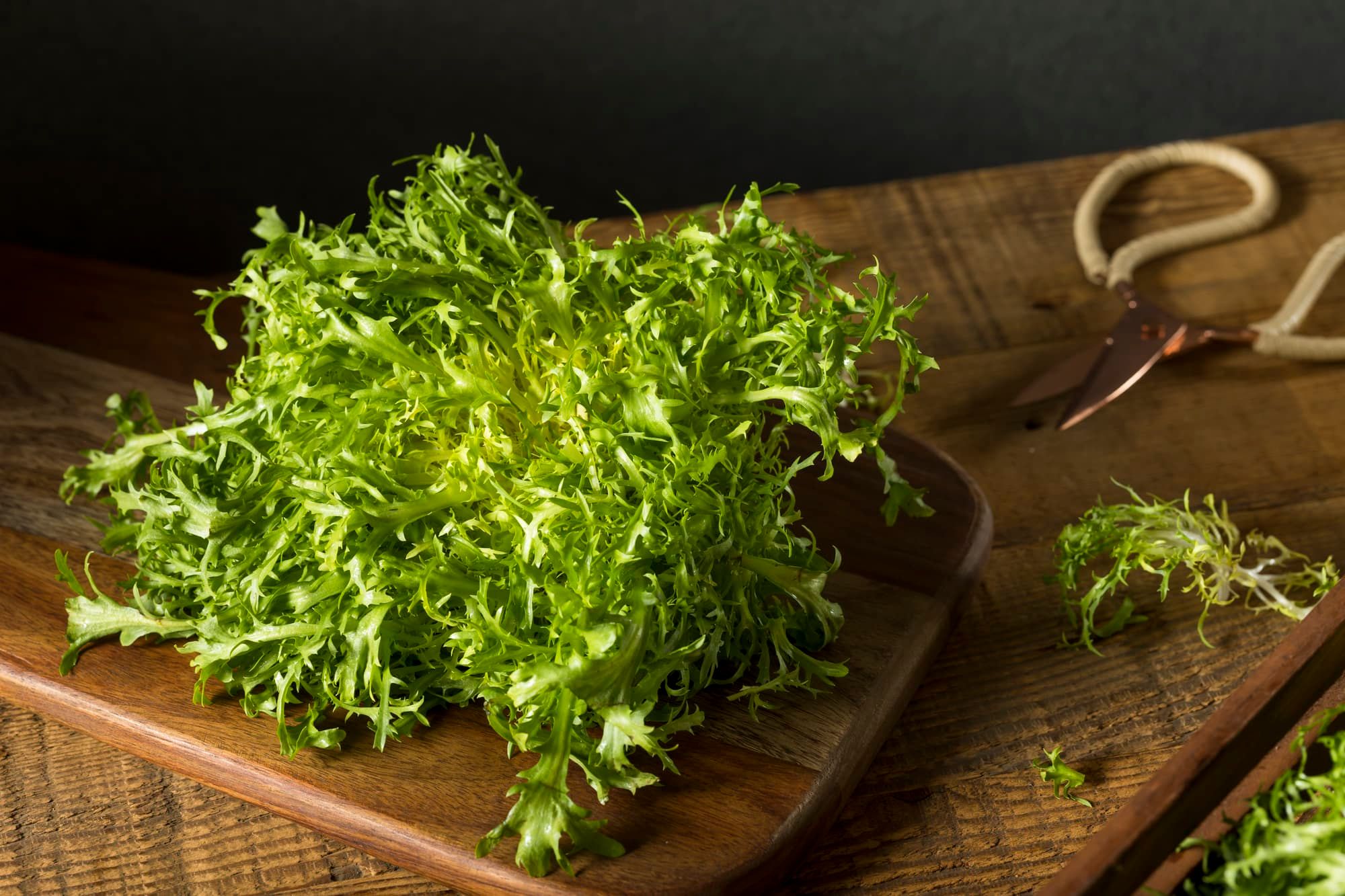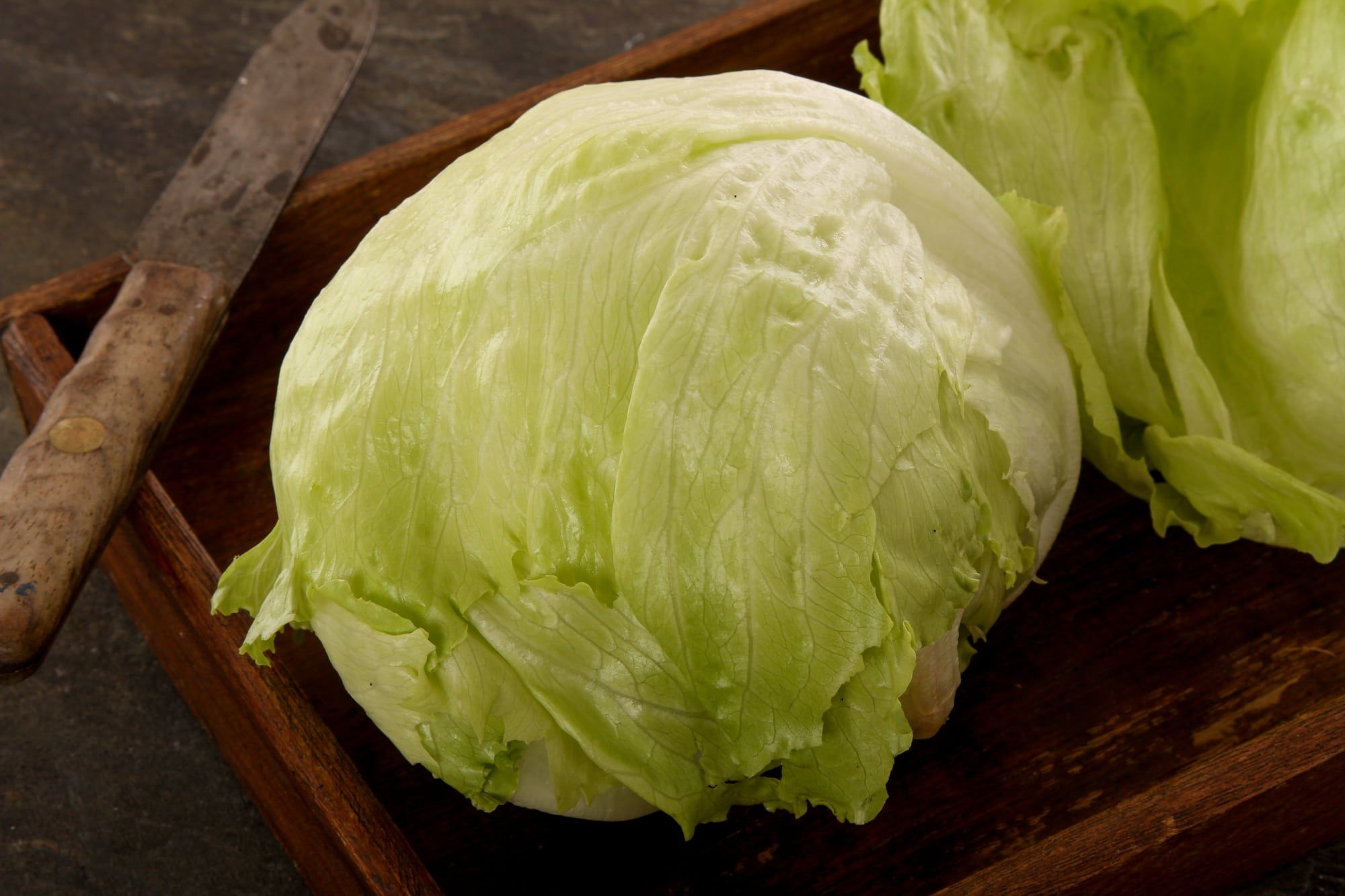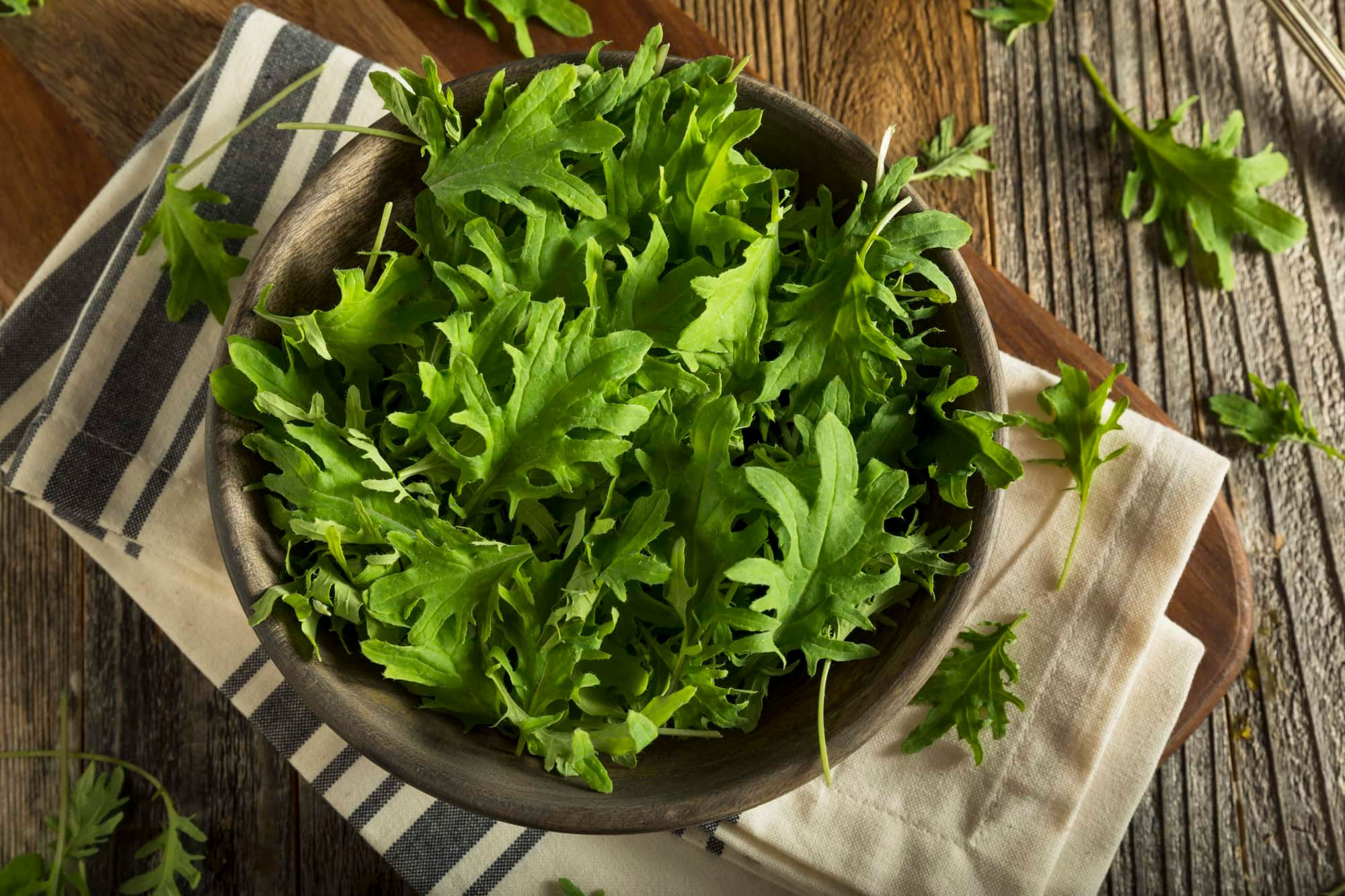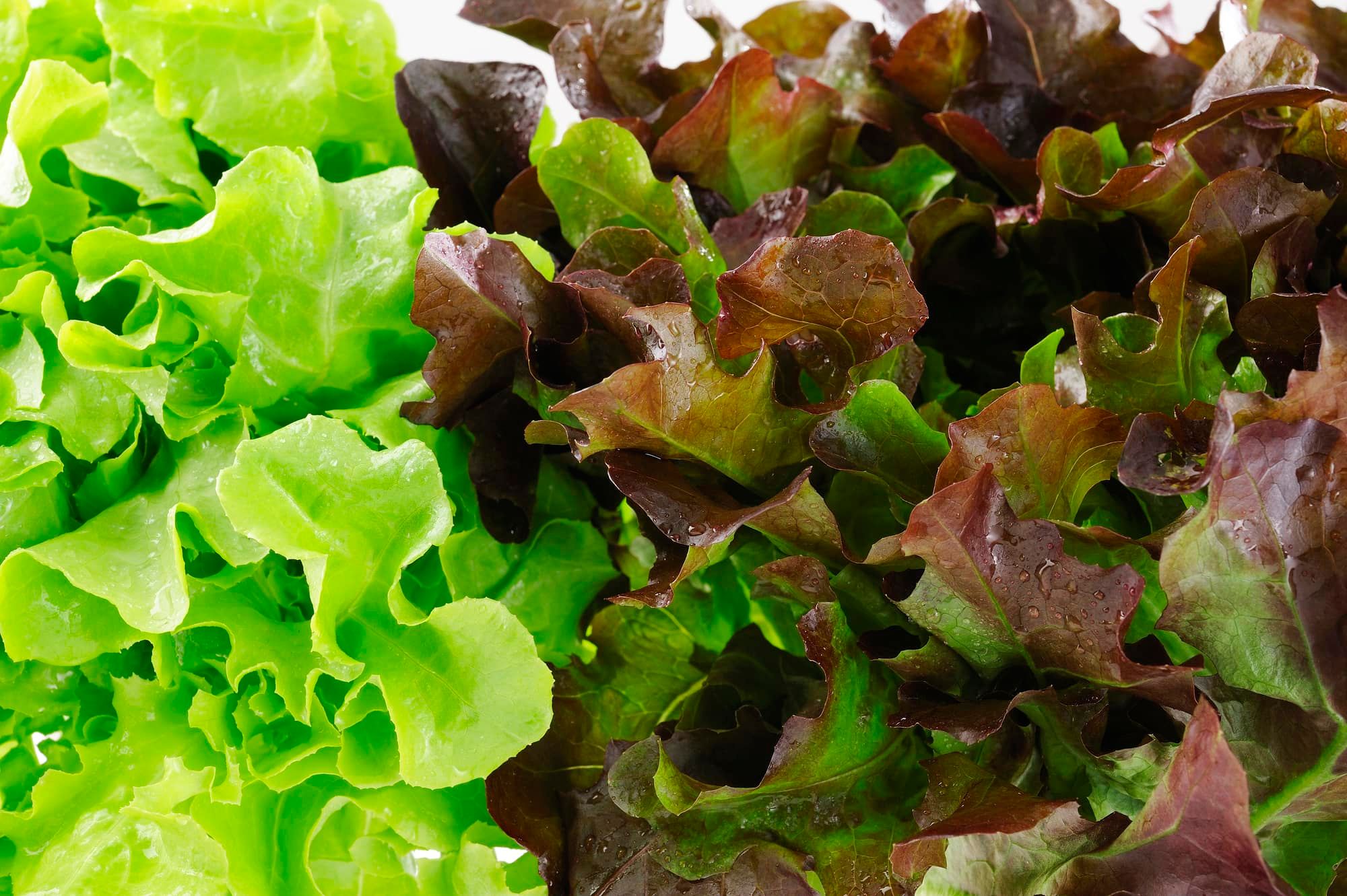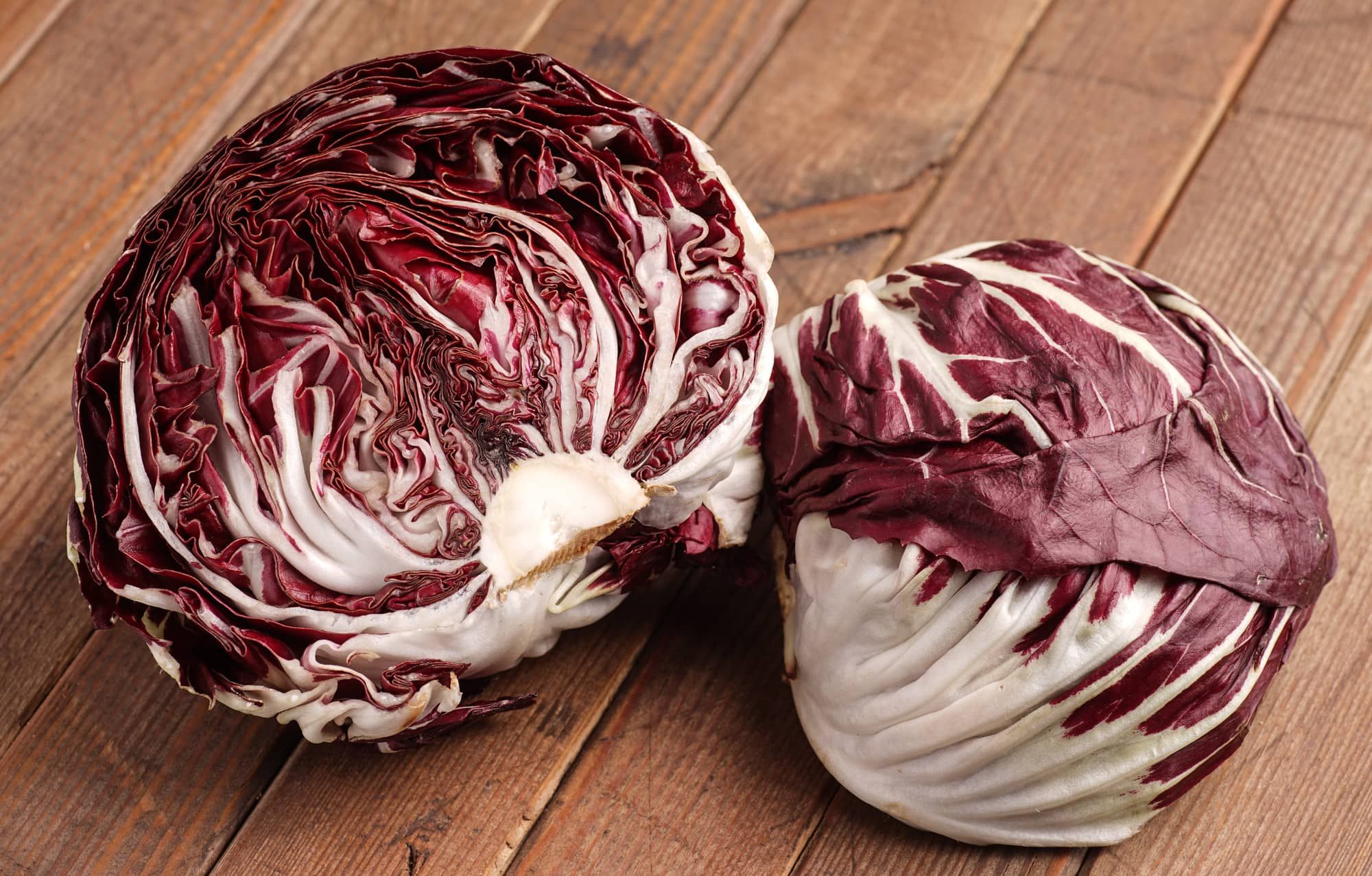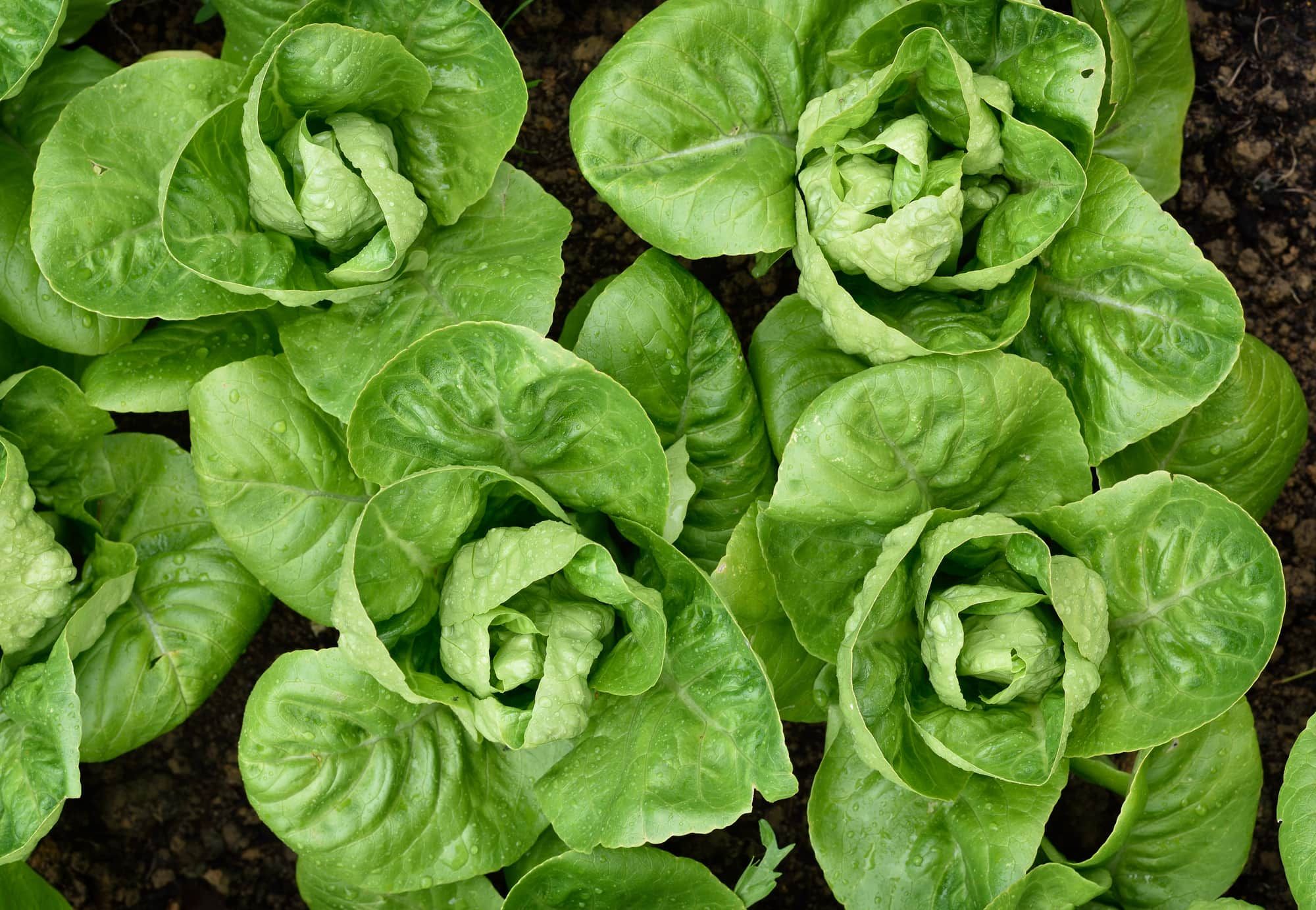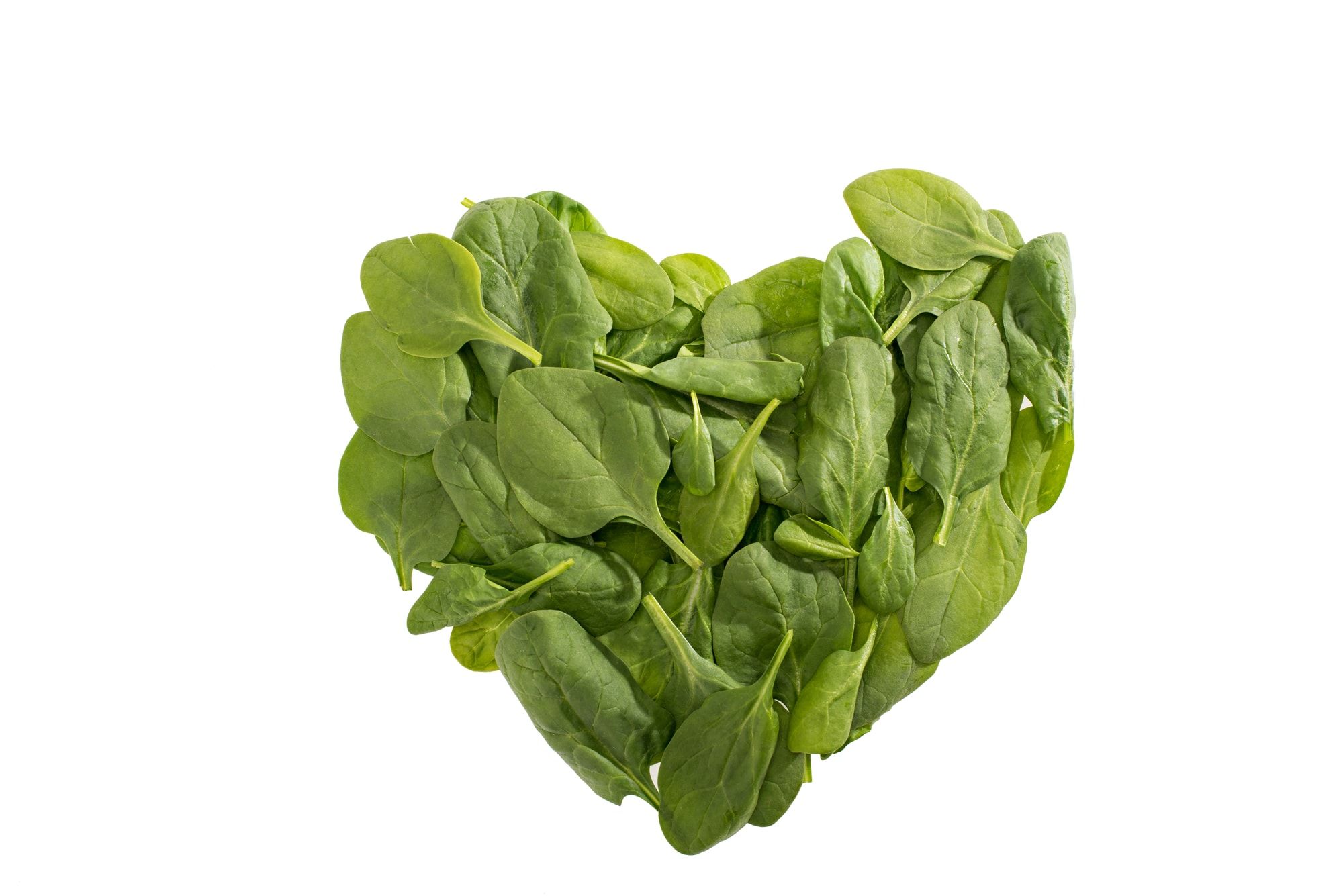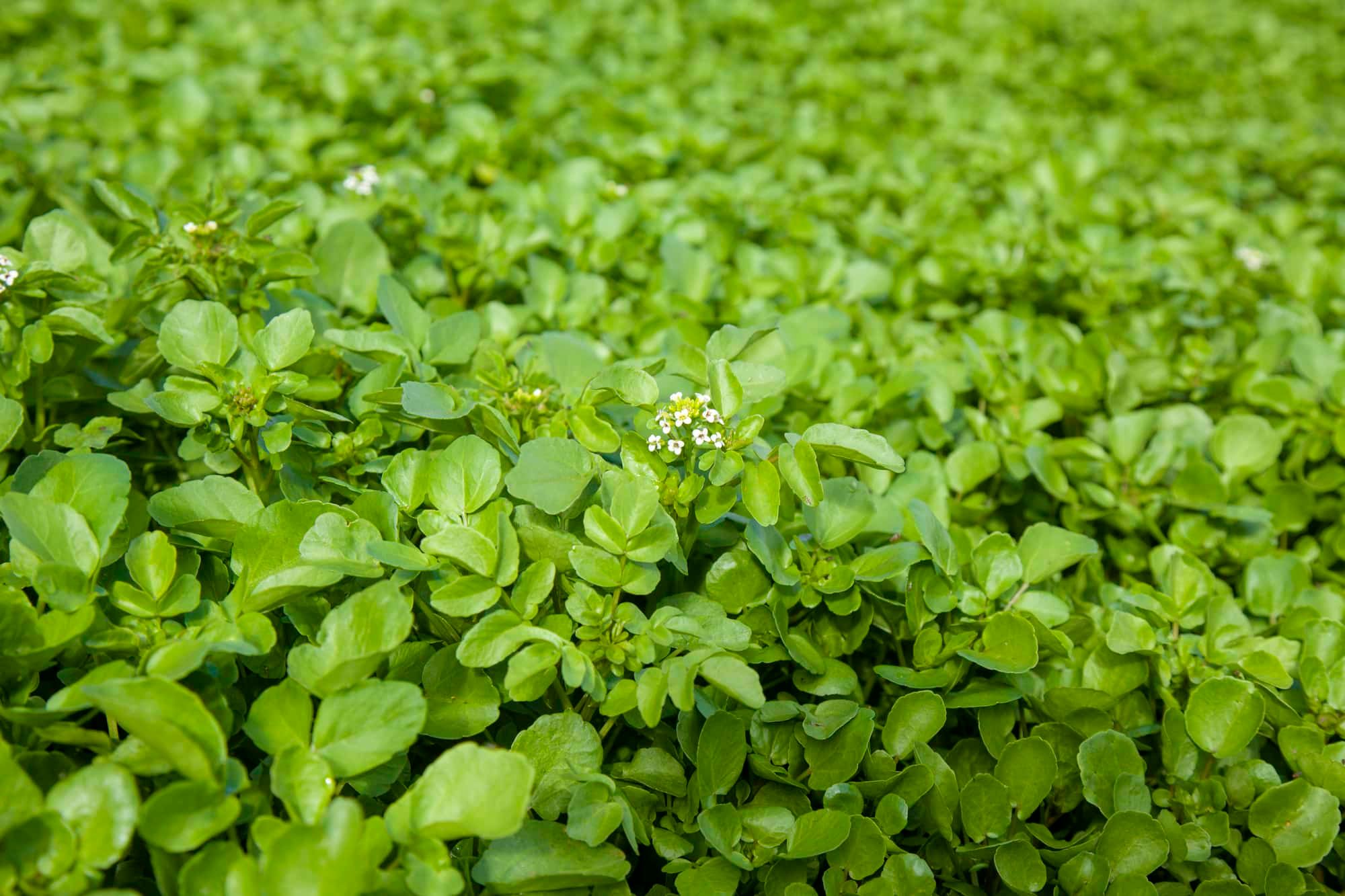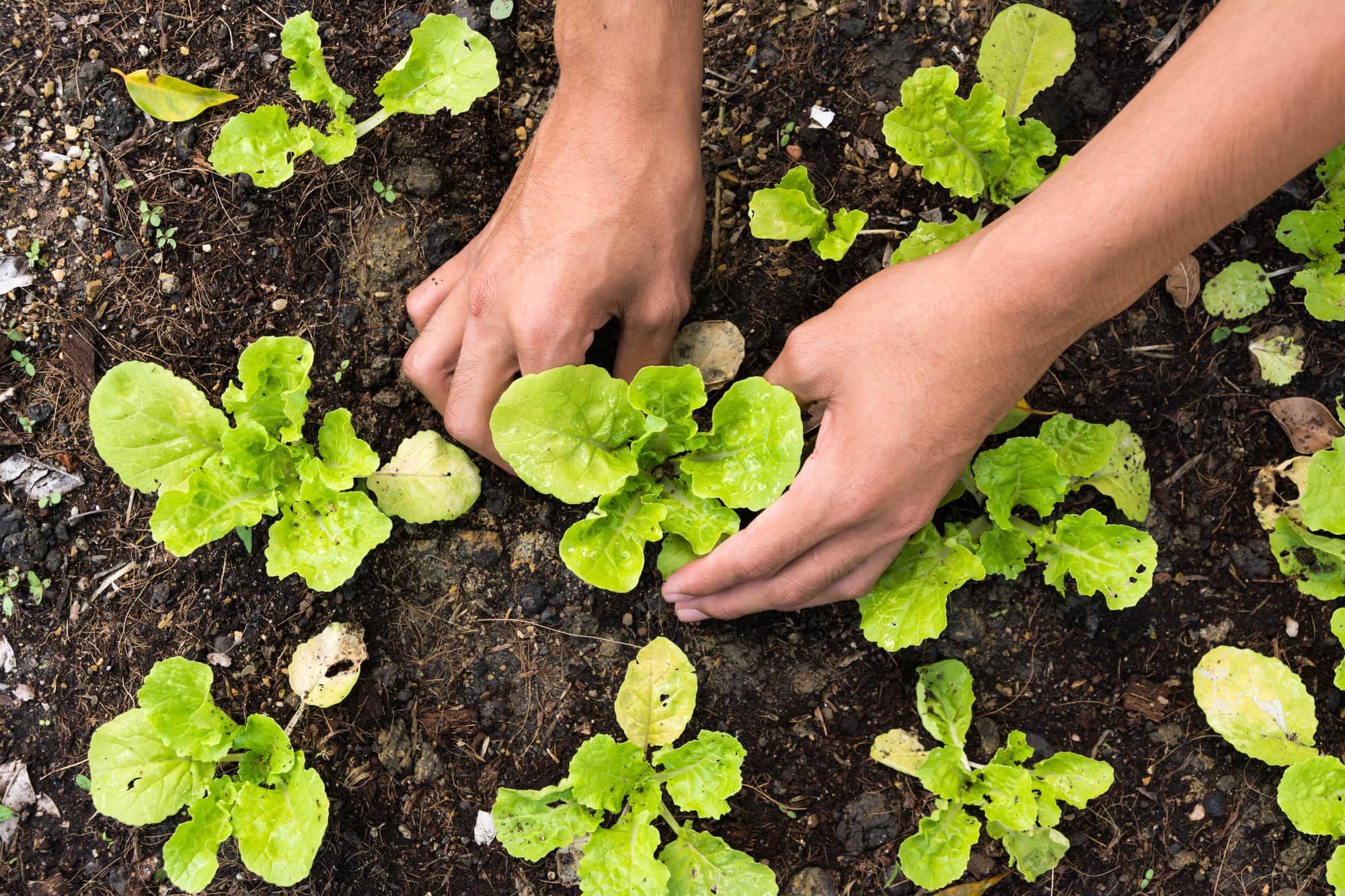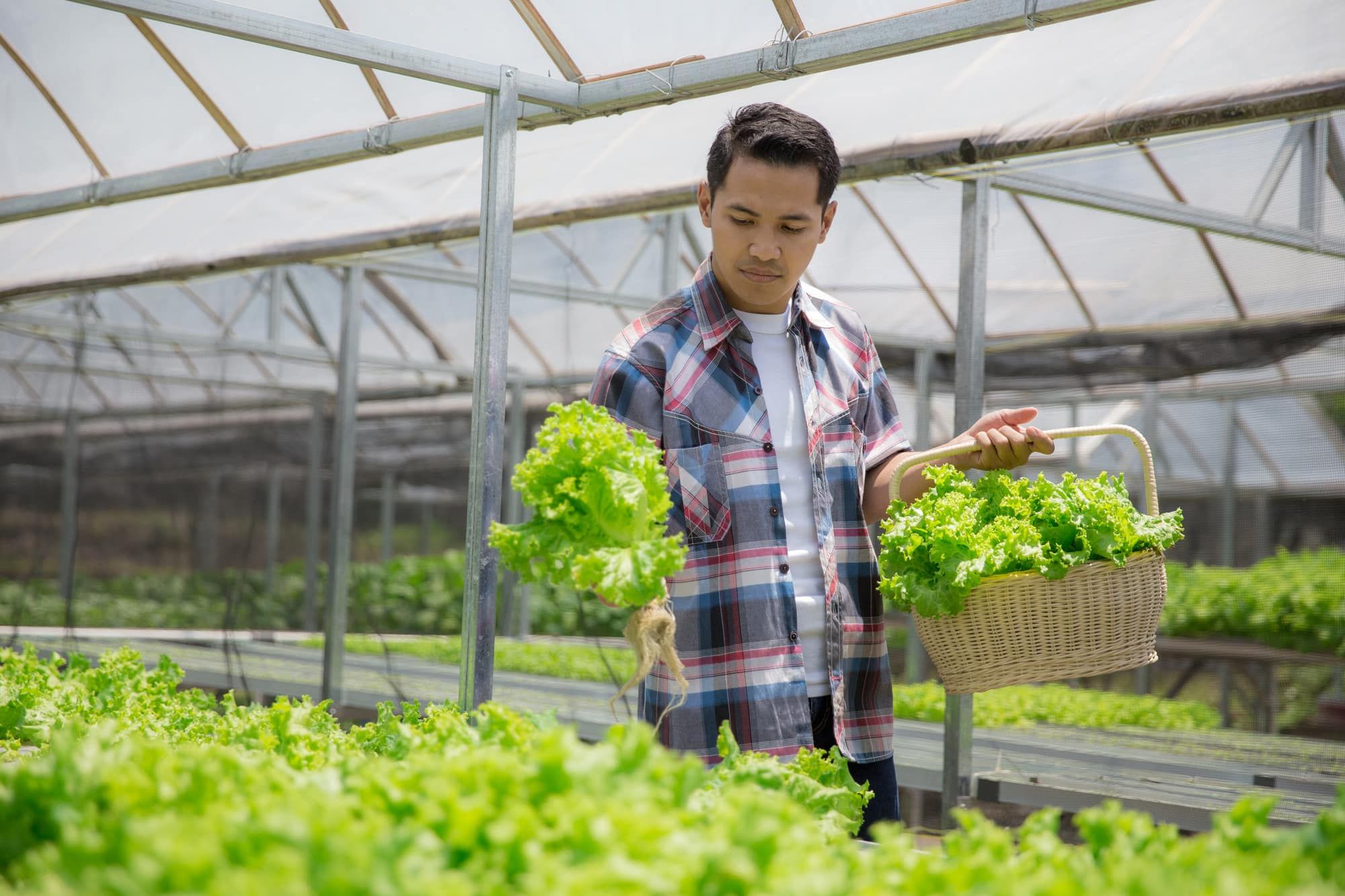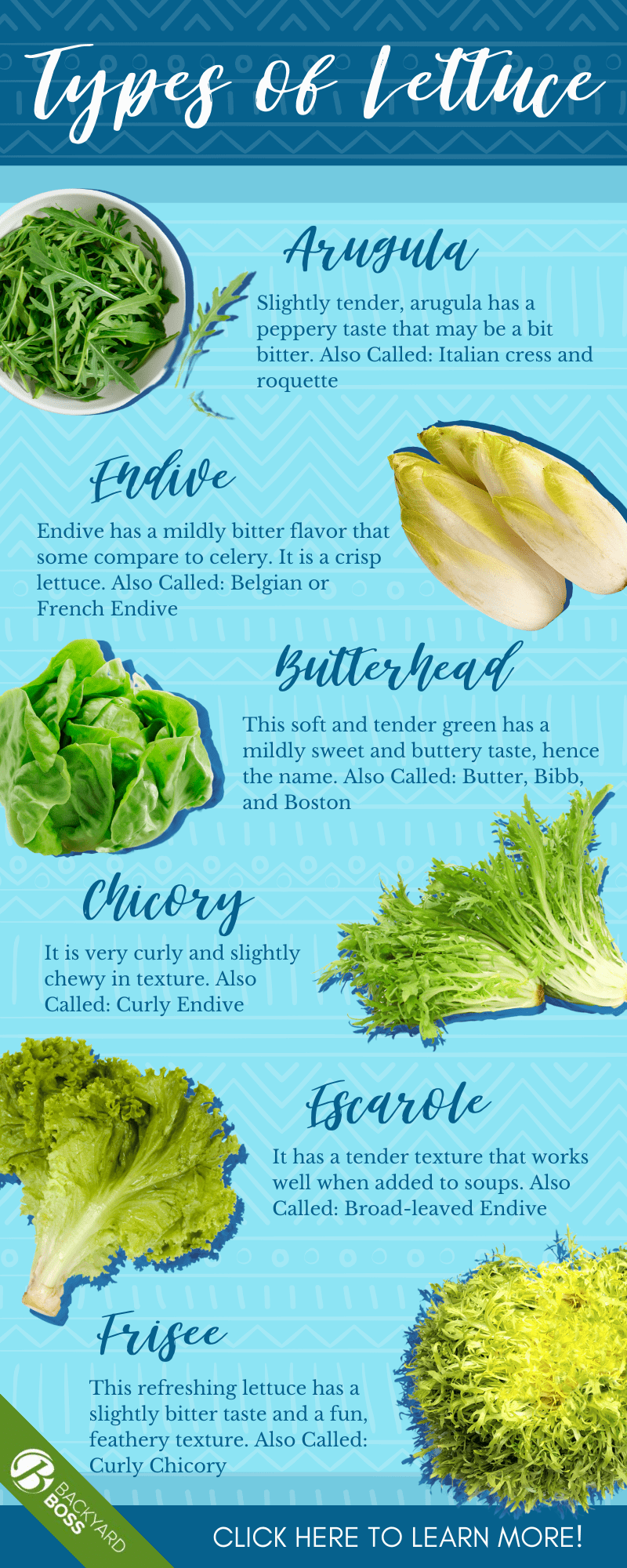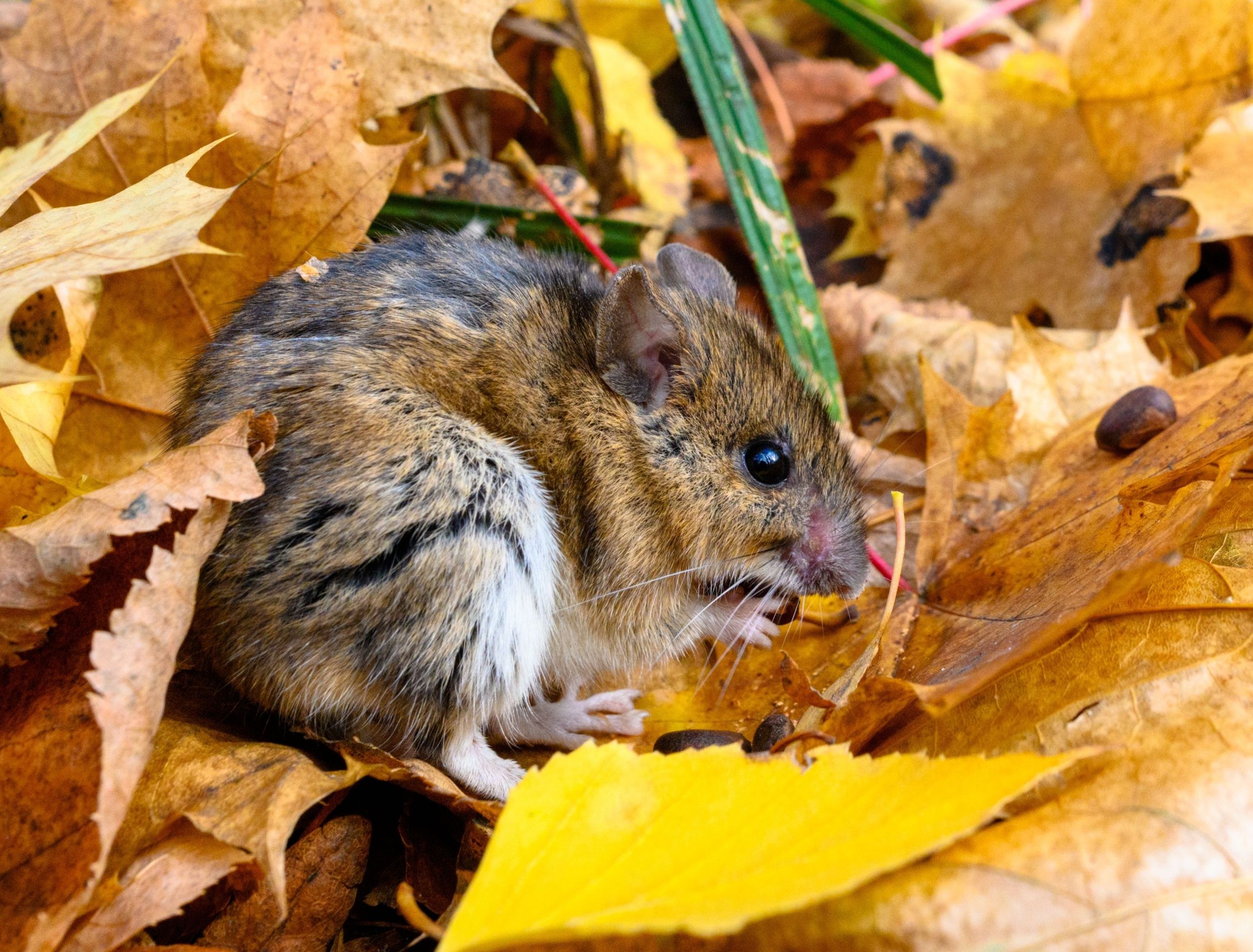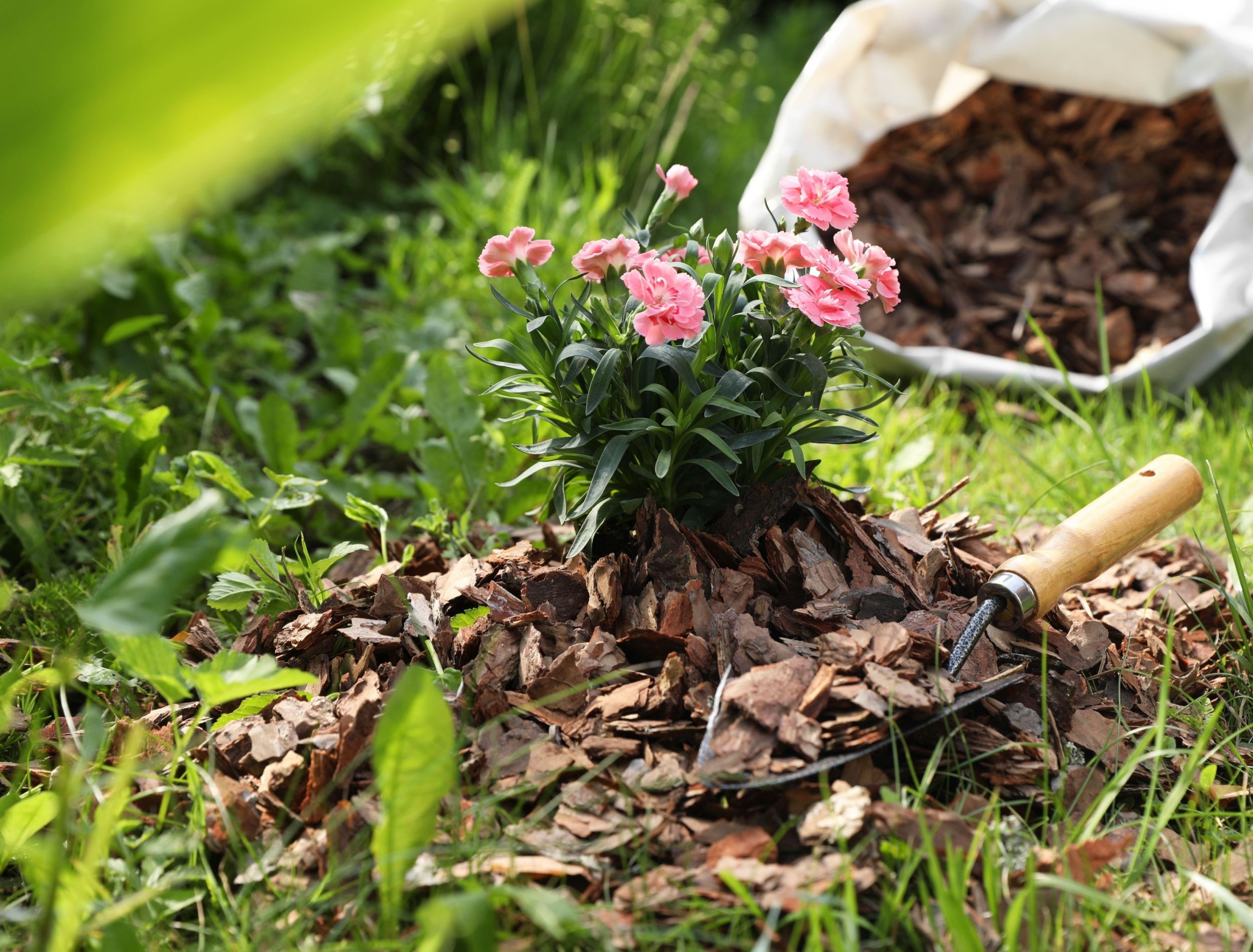Lettuce has been cultivated for thousands of years as supplemental food stuff and has become a staple in most cultures as the perfect leafy green to serve alongside favorite main dishes. Although you may have heard from time to time it truly has no nutritional value, you can most definitely ignore this advice as all lettuce is a source of Vitamins K and A, although some are better than others.
If you have been curious about the many varieties of lettuce you can both purchase and grow, what it best pairs with, and how to care for it within your own garden, this is the article for you. Read on to learn all about lettuce and get ready to plan for a garden of your own!
What Defines Lettuce?
Lettuce, or Lactuca sativa, is a leafy annual that grows from a seed. It is part of the aster family, which includes daisies, dandelions, and even artichokes. They may have either a taproot or one long root that gathers nutrients and moisture; or fibrous, reaching root systems. They also can come in a wide variety of colors, and if left alone, will eventually flower to disperse seeds. There are four botanical varieties of lettuce grown in the world.
variety augustana
This variety is defined by narrow leaves and an edible stem that is thick and succulent in nature. These are known as celtuce or asparagus lettuce.
variety crispa
Defined by curled, finely cut, smooth-edged, or oak-leaved rosettes of leaves, this lettuce is considered a leafy, or curled variety.
variety longifolia
Tall, oblong heads made of smooth leaves define this variety, also known as co, or romaine lettuce.
variety capitata
The capitata variety is amongst the most well known and popular and is defined by how the leaves fold into a compact head. Also called the head or cabbage lettuce, it is broken into two categories:
Butterhead Types
Thick, oily-textured leaves that fold into a soft head define a butterhead.
Crisphead Types
Brittle-textured leaves that fold into a hard head define a crisphead.
The History of Lettuce
Lettuce was being cultivated within Egypt as far back as 2700 B.C. within the fertile Nile Valley. Although it may have originally been a weed-like plant with a long milky stem, over time it was bred to remove the bitterness, and seeds were collected to extract the oil- which was used for everything from medicine to mummification.
Greeks were amongst the first to begin serving it as a salad, a course that came before the main meal and used it to aid in digestion. Over time it was selectively bred for various traits to create different varieties, which made it a popular foodstuff that spread along with the spread of the Roman Empire. In fact, the name lettuce comes from the Roman word lactuca, meaning milk- named so due to the milky sap that came from the stem.
As it was transported throughout the European and Asian continents, it continued to be bred for taste, color, and growing conditions in accordance with local tastes. Today lettuce is a cash crop worldwide and offers many different types to choose from based on personal preferences.
The Health Benefits of Lettuce
Not all lettuce is ‘made’ the same but despite this all have some healthy nutritional benefits worth taking a closer look at. It is important to note, the darker the color of the lettuce, the more nutrient-packed it is.
Aides in Weight Loss
High in fiber and low in calories, lettuce can help make you feel full without packing in carbs or fat.
Helps Control Inflammation and Digestion
Lipoxygenase, a protein, in lettuce, aides in the control of inflammation. Often used as a medicine in ancient cultures, it is believed to help alleviate inflamed tissues. This helps aid in digestion as well.
Supports Heart Health
Lettuce is a good source of folate, vitamins A and C, and potassium. These work to improve blood flow, lower blood pressure, and increase antioxidants in your system. Folate also combats anemia or low iron.
Supports Brain Health
Lettuce is rich in dietary nitrate to convert nitric oxide in the body and helps support against the decline of neurological disorders related to aging.
Supports a Diabetic Diet
Lettuce doesn’t raise blood sugars as much as other foods. Darker colored lettuce is better for this type of diet since it also includes lactucaxanthin, an anti-diabetic carotenoid.
Supports Vision Health
Lettuce contains zeaxanthin, an antioxidant that boosts vision health. It also can help prevent age-related macular degeneration.
Strengthen Bones
Collagen, cartilage, and connective tissue production is supported by vitamins K, A, and C. Collagen is the first step in bone production.
Improve Skin and Hair
Lettuce in 95% water and high in the vitamins that promote cellular turnover. Potassium increases blood circulation to supply oxygen and other nutrients to the skin.
Types of Lettuce
Although there are many varieties of lettuce worldwide, there are about 10 to 20 varieties that are considered favorites and are generally easy to find in the store or grow on your own. These vary in flavor, shape, and color and are popular for different reasons.
Arugula
Slightly tender, arugula has a peppery taste that may be a bit bitter.
Also Called: Italian cress and roquette
What To Eat It With: The flavor pairs well with potatoes, squash, nuts, grains, and creamy cheeses.
Endive
Endive has a mildly bitter flavor that some compare to celery. It is a crisp lettuce.
Also Called: Belgian or French Endive
What To Eat It With: The leafy green pairs well with salty, crumbled cheeses and meats, as well as citrus dressings.
Butterhead
This soft and tender green has a mildly sweet and buttery taste, hence the name.
Also Called: Butter, Bibb, and Boston
What To Eat It With: Sweet summer vegetables and fruit, steak, vinaigrette, and creamy dressings and cheeses all compliment the flavors.
Chicory
Chicory has a bitter flavor that allows you to cook it in recipes. It is very curly and slightly chewy in texture.
Also Called: Curly Endive
What To Eat It With: Salty meats, nuts, and sweet-tart fresh fruits help bring out its bright flavor.
Escarole
Less bitter than chicory, which it is related to, it has a tender texture that works well when added to soups.
Also Called: Broad-leaved Endive
What To Eat It With: Offset the bitterness with strong garlic, crumbled cheeses, and sweet-sour fruits- both fresh and dried.
Frisee
This refreshing lettuce has a slightly bitter taste and a fun, feathery texture.
Also Called: Curly Chicory
What To Eat It With: Creamy dressings, salty meats, and fresh, juicy fruits and vegetables are great additions to salads that showcase this choice.
Iceberg
Crisp and juicy, iceberg is the mildest of all lettuce varieties.
Also Called: None
What To Eat It With: The sturdy leaves makes it an ideal choice for sandwiches, used as a shell substitute for tacos, and shreds well for other recipes.
Kale
Kale grows from the stalk and provides an intense, hearty flavor that is a bit chewy in texture.
Also Called: Cavolo Nero
What To Eat It With: Other strong flavors mix well with kale, such as creamy dressings, sweet and mustard-based vinaigrette, and thickly cut salad additions.
Loose leaf
Available in various shades of both green and red, loose leaf has an earthy flavor that is tender, but has a nice crunch.
Also Called: Oak Leaf, Salad Bowl, Red or Green Leaf
What To Eat It With: it is often mixed with other greens for both color and texture variety. Plus, it serves as a bed for the egg, yuna, or chicken salad mixes.
Radicchio
The bitter taste of this lettuce is a favored choice since it is a crunchy, yet tender option that can be both roasted and grilled.
Also Called: Radicchio di Verona
What To Eat It With: Strong flavors, toasted arts, and all cheeses.
Romaine
The mildly earthy flavor provides a great crunch with soft, ruffled parts.
Also Called: Cos
What To Eat It With: Creamy dressings and any sort of salad mix in since it is an excellent choice for tossing.
Spinach
Minerally and slightly bitter, this earthy lettuce are very tender with thin leaves that have a spongy texture.
Also Called: Spynoches
What To Eat It With: Fruits, eggs, white meat, and light dressings work well with spinach. It also mixes well into other lettuce choices. It can be wilted or cooked as well.
Watercress
These tiny, crispy tender leaves have a peppery, or mustard-like taste.
Also Called: Yellowcress
What To Eat It With: Tangy or strong cheeses, sweet fruits, and mild avocados are excellent pairings with this lettuce.
How to Grow Lettuce
Lettuce is one of those crops that is basically care-free and can grow in just about any space you have available. Once it matures enough for harvest, care needs to be taken to keep certain varieties trimmed back in order to keep it from going to seed. If you are looking to grow your own, put aside a space, or pot, to get started in.
Soil
Mix a soil that drains well but still retains some moisture. A good loamy soil is often preferred and works in nitrogen and potassium-rich nutrients via a matured compost. A pH of 6.0-6.8 is often ideal.
When to Plant
You can sow seeds into the ground up to 6 weeks before your last frost date as long as you keep them covered within a cold frame. You can also easily start them indoors. If you don't have a cold frame, you can plant up to two weeks before the last frost. Seeds won’t sprout until the soil is between 55 and 75 degrees.
You can also plant in the fall at least two months before the last frost date. Plant every two weeks, with colder variety plants chosen the closer to frost. These include butterheads and romaine.
Sowing Seeds
When sowing, plant approximately ¼ inch deep and approximately 1 inch apart. You can also spread a line of seeds in a line, but be aware that you will need to thin your plants for spacing based on the suggestions the variety provides based on their maturing growth.
Harvest and Store
Lettuce plumps in the cooler night temperatures, so pick them in the early morning hours. You can either pluck the leaves you want or use scissors to gather handfuls at a time. Rinse in cool water and store in plastic in the refrigerator to keep fresh.
Fun Facts
- Lettuce is the second most popular vegetable in the United States.
- The average person eats 25+ pounds of lettuce a year.
- Iceberg lettuce got its name when it was shipped via railcar with crushed ice.
- Head lettuce takes longer to grow than leaf lettuce varieties.
- Lettuce was originally a weed in the Mediterranean basin.
- California and Arizona dominate lettuce production in the United States, while China leads production worldwide.
- Lettuce has been grown in space.
Conclusion
Lettuce is not only a healthy food option, but it is also a popular, easy to grow vegetable that can lend flavor, texture, and color to some of your favorite dishes. Choose your favorite based on taste in reference to the foods you pair it with to allow for thorough enjoyment.
To keep a fresh supply on hand year-round, you can easily sow seeds in just about any container and harvest as it begins to mature. Many lettuce varieties can be kept for long periods of time with proper ‘plucking’ of matured leaves, plus their quick growing habits allow you to resow over and over.
If you have any further questions, please let us know below. And, as always, please share!


